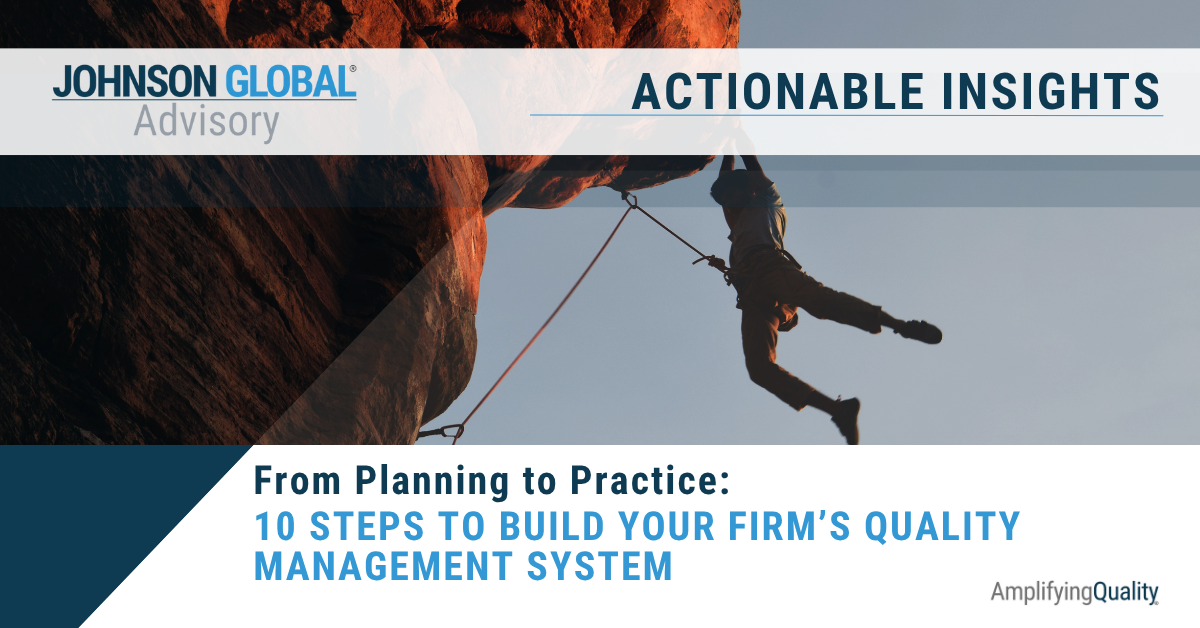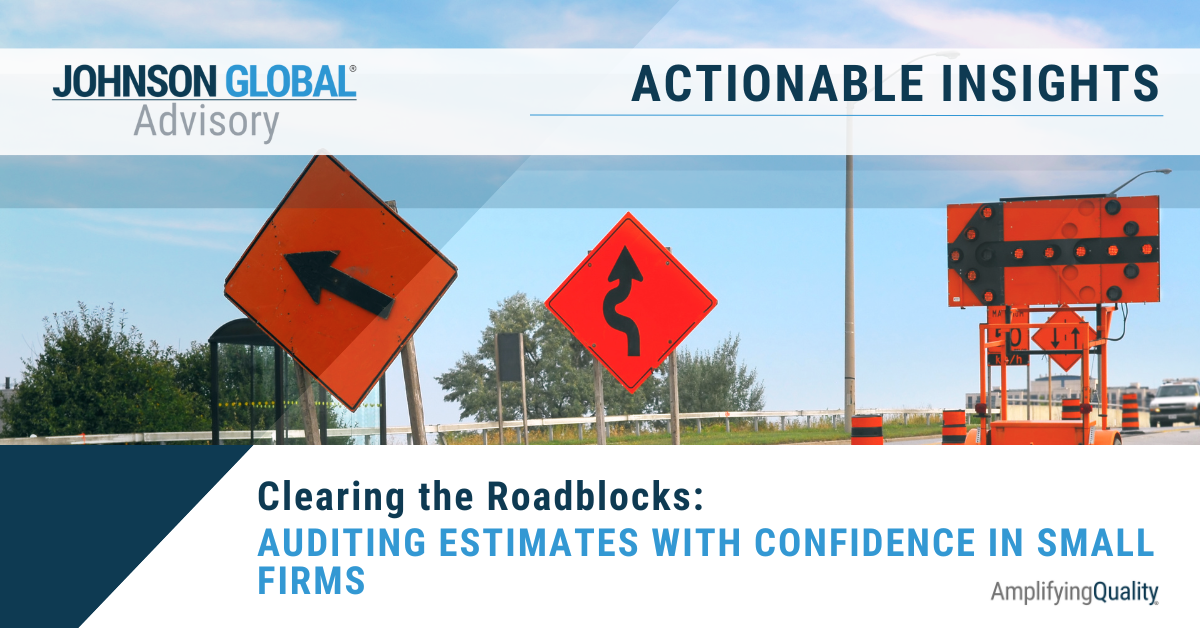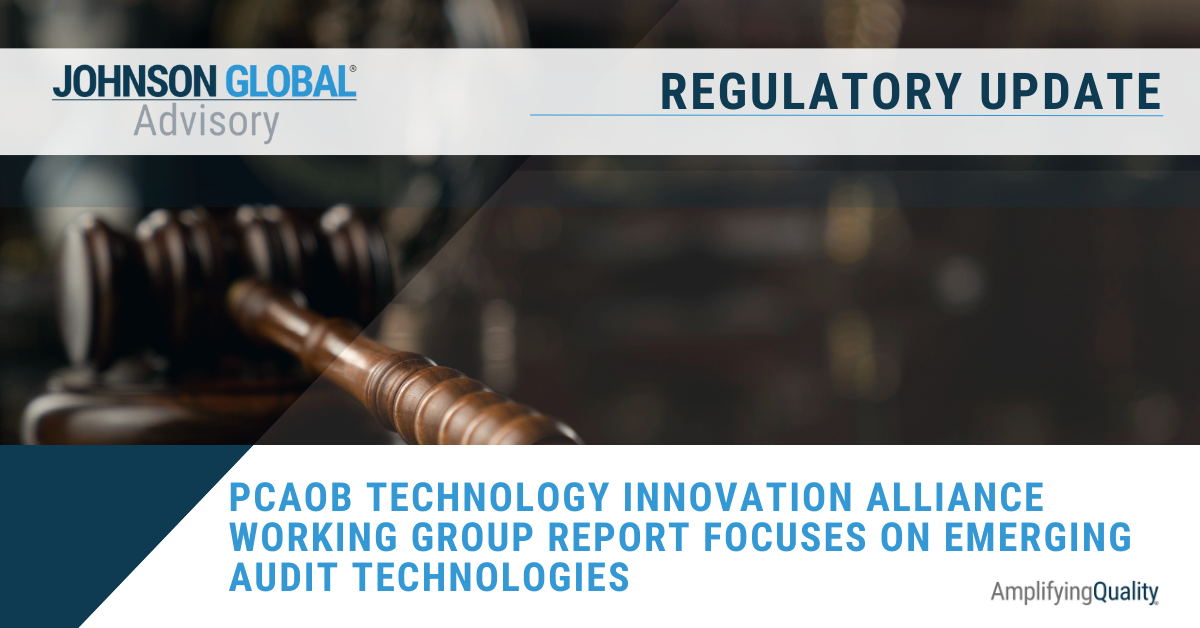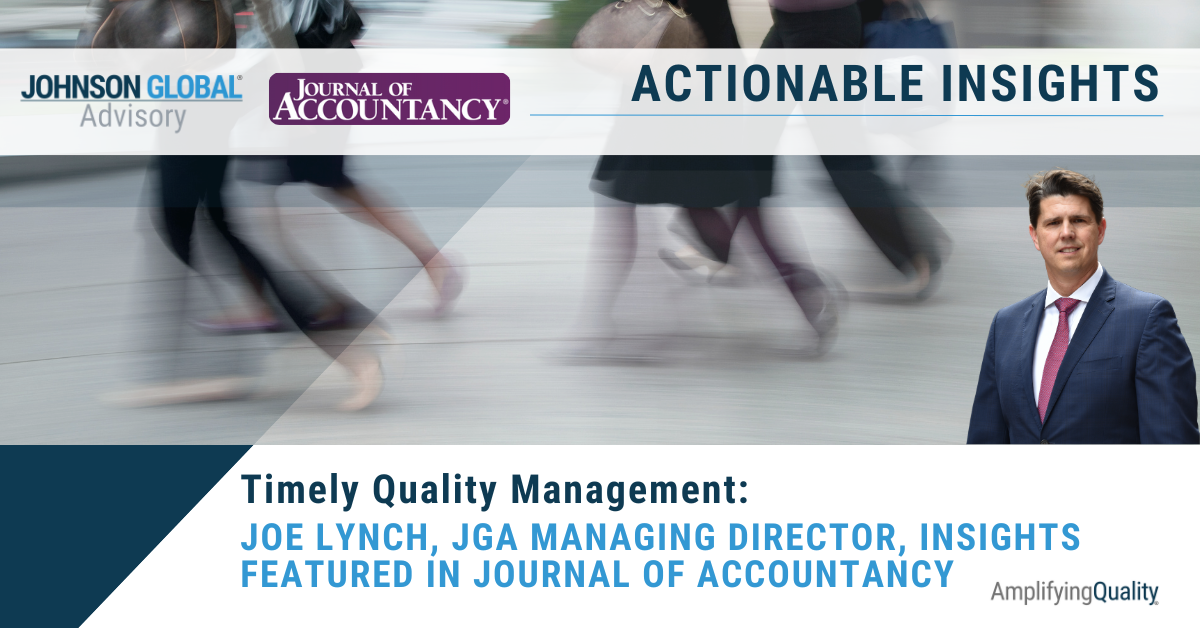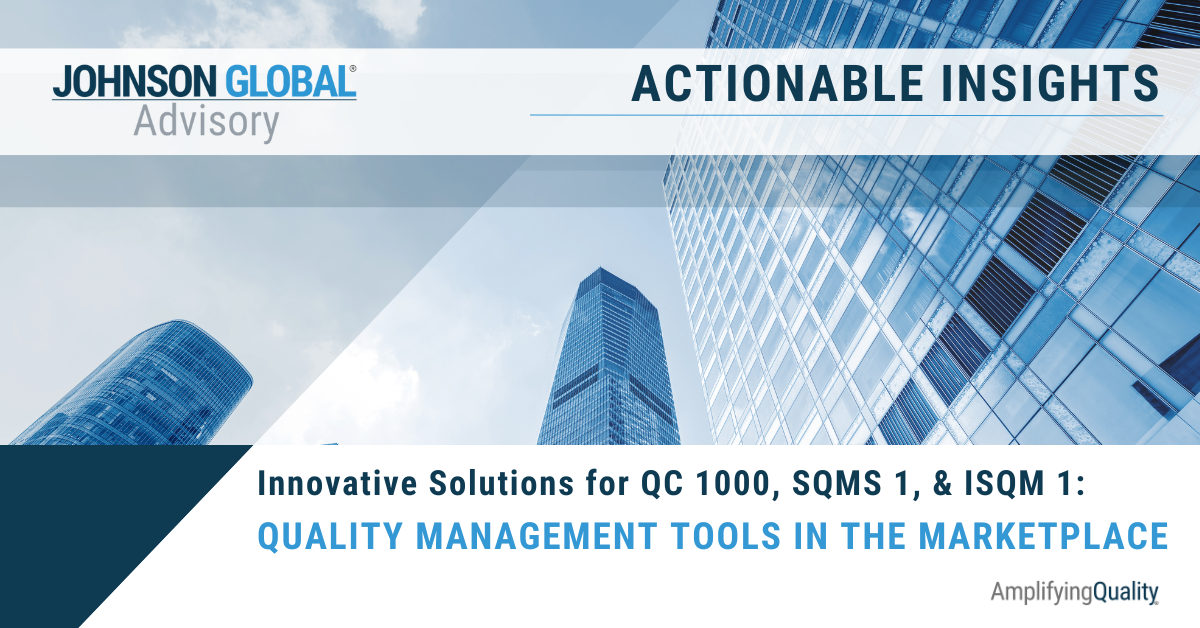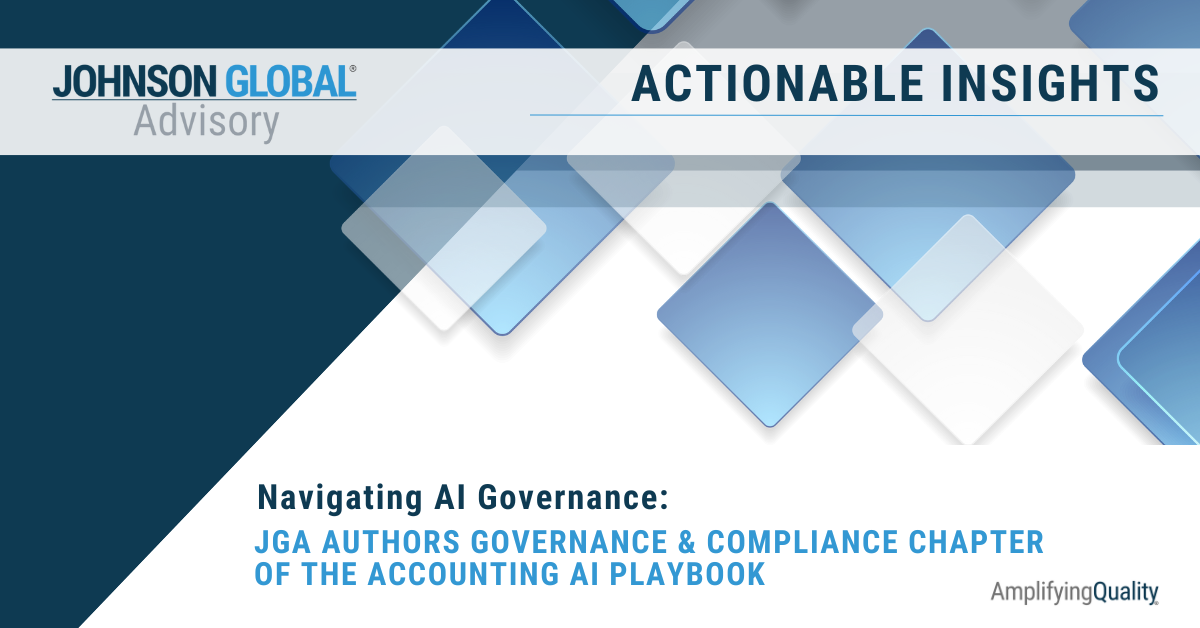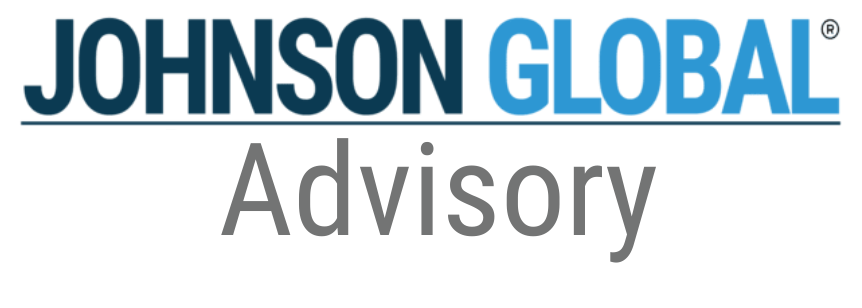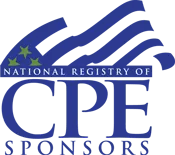Financial Fraud Risk: Raising Awareness in a Fiercely Competitive Market
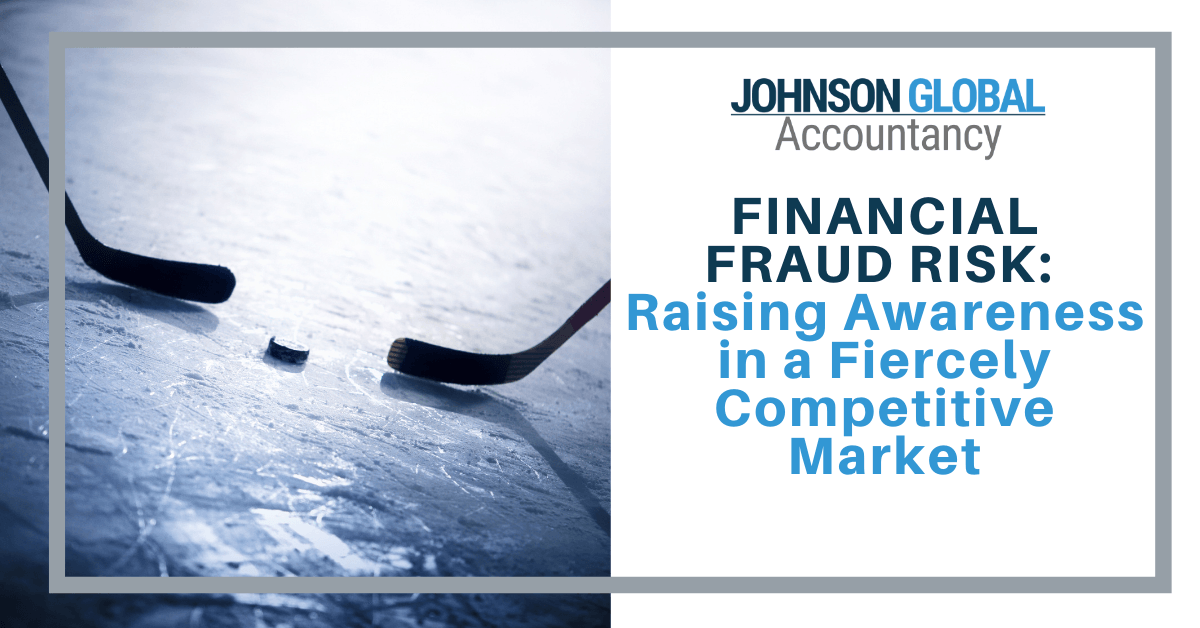
Today’s market situation — with supply chain challenges, inflation instability, and ever-shifting priorities creating great disruption and intense market contests — deserves risk awareness from those who are tasked with preserving investor confidence. Audit leaders, by design, should see this shift in competitive markets as a leading indicator for increased fraud potential. As a hockey fan, I equate small, illegitimate, effective fraud maneuvers to sucker punches, spraying the goalie, and turtling to win a game against a brutal competitor. Making small, effective, repetitive changes that significantly influence the market is not a new competitive strategy; it’s employed on the ice and in companies. Unfortunately, current economic conditions intensify fraud risks and call for a fierce defensive line.
The best defense in hockey is a strong offense. Same for audit leaders. As we hover over the greater picture to determine a game plan and keep auditors on the offense, we assess risk possibilities that correlate with the ever-changing competitive market, namely competition-driven and occupational fraud risks.
Competition-Driven Risk Awareness
Inflation
Core inflation rose 0.6 percent in April, which was double that of March 2022. Excluding costs for groceries and gas, this inflation rate is a widely used measure to show movement of average consumer prices and serves as a complementary measure to the consumer price index. Regardless of any short-term reprieve as inflation fluctuates, the greater picture does not reveal a quick fix game plan to the inflation issue. Employees, families, and companies are experiencing a cross-check in finances while trying to skate upright. It goes without saying that in times of distress, increased cost of manufactured goods and the pressure from the top to reduce costs, is when we tend to see an increase in fraud risk.
How do the increased costs create fraud risks?
To be a strong competitor, companies maintain lean, cost-effective means to combat inflation. They also reevaluate pricing methodologies to ensure products or services viably pass along increase costs to customers. The extent to which the current inflationary period will last is an unknown factor. As engagement teams conduct fraud planning discussions of increased inflation risk, they have a heightened awareness for improper capitalization, skimming, tax avoidance, and unauthorized use of company assets.
Supply Chain
Balancing supply chain new normal expectations of the market can cause intense pressure for companies. Auditors have reported an increase in inquiry and analyses to document creative ways companies contend with the challenges. Auditors have struggled to determine whether company misstatements were intentional due to the supply chain movements while rushing to update internal controls documentation. An effective tactic to identify deficiencies is integrated walkthroughs.
Should auditors be asking whether there was a shift of controls during the supply chain delay and if there are alternative work locations for key personnel due to the pandemic to consider?
As supply chain complications progress, auditors see an extraordinary play of events unfolding where the opportunity is prevalent for an emergence of dishonesty in financing. Additional considerations during delays of material are loan covenants as companies often consider short-term debt to correct cash flow. When manipulating the financial outlook, there is a gray area that may fall short of the criminal definition of fraud. Earnings management alone may not be fraudulent until a company begins rationalizing and changing estimates under pressure, leading to unreasonable positions.
Financial Statement Fraud Risk Awareness
Estimates
To stay out of the penalty box, auditors should remain risk aware and be clear on the basis for any significant estimate included in the financial statements. Companies can take advantage of the increased opportunity to improve financial results during market downturns by utilizing estimate adjustments. Convincing narratives to subjective estimates have ultimately resulted in bad actors spending time in the penalty box.
Does the change in each estimate appear to be solely the result of market competition or does it exhibit management bias?
The current market may exaggerate this type of fraud condition, requiring the auditor to have deeper understanding of key estimates, greater skepticism, and sharper curiosity. We often see through pre- and post-issuance reviews of audit files that other evidence exists in the workpapers that contradicts assumptions or inputs used to develop an estimate. A properly planned fraud risk assessment will help engagement team members spot potential contradictory evidence.
ESG
Public companies are increasingly disclosing environmental, social, and governance (ESG) efforts voluntarily to measure, manage, and provide information to concerned stakeholders. While checking ESG for fraudulent disclosure can be tough, there are clear plays that have occurred to guide precedent and understanding of ESG fraud. If being ESG-friendly pays dividends, what are the fraud risk factors tied to those dividends? One factor is a misstatement of financial figures in ESG reports that do not align with financial ESG disclosures. ESG reports can vary by market and annually, making the foundational knowledge of financial reporting your best defense.
How have you documented your understanding of the company’s ESG position and compared them with their ESG reports?
To remain risk aware, and on the offense, identify the ESG reporting structure of the company and exercise professional skepticism in the novel ESG landscape that support mitigating the fraud risks deking the opposition. ESG is increasingly complex and shifty with derivative terms and varying features. In one of my prior controllership roles, prior to the guidance of the now established GHG accounting, I experienced first-hand the effort to conduct a difficult line pass by reconciling the existing guidance with an emerging industry. Aligning with guidance and offering transparency to map where it did not perfectly align can clarify questions that arise. While regulators are working to strengthen guidance to provide an assist on ESG, you can rely on the basic audit tenets: relevance, reliability, completeness, and accuracy.
Related Parties
Related parties were at the crux of scandals two decades ago that led Congress to pass the Sarbanes-Oxley Act of 2002 and establish the PCAOB. Auditing Standard No. 2410 Related Parties requires auditors of public companies to pay special attention to financial matters that pose increased risks of fraud.
Have there been any changes in segregation of duties that would cause related parties to not be disclosed?
An auditor must obtain an understanding of each related party, every time. At a minimum, undisclosed related parties and unusual transactions are typically at the top-of-mind for auditors. Small and/or effective related party and unusual transaction fraud risks include timing schemes, bill-and-hold arrangements, business combination valuation manipulation, or bid-rigging. In the offensive game against related parties and unusual transactions, consider software audit tools, tax filings, life insurance policies, and interviewing accounting personnel.
Cyber Fraud
Auditors do not need to reinvent the wheel because of the supply chain challenges, inflation instability, and the great resignation, but should incorporate their understanding of the entity and how it is prioritizing and responding to risks.
Are the identified cyber fraud controls selected for testing covering the identified cyber risk and are they performed timely?
A scaled cybersecurity governance and risk management program is one important part of this understanding. A heightened risk awareness of opportunity fraud risk factors includes considering the challenges of social engineering, information security, confidentiality violation, and phishing emails. The uptick in inflation will lead to increased rationalization and pressures heating up cyber fraud.
Occupational Fraud
Industry Trends
Occupational fraud is the use of one’s position to exploit, through misuse or misappropriation, an organizations resources and assets for personal gain. The recent Association of Certified Fraud Examiners (“ACFE”) Report to the Nations published the results of a survey conducted to understand the potential costs and financial effects from occupational fraud. The survey showed the current trends and schemes fraudsters engaged in stating that financial statement fraud was the least common (9%) but costliest. Whereas asset misappropriate was the most common (86%) but least costly.
Other indicators from the survey can be used by auditors in their iterative planning process. Nearly half of cases occurred due to lack of internal controls or override of existing controls. The biggest change from the prior ACFE survey, is the new fraud risk of cryptocurrency that was not addressed in the prior report, but accounts for 8% of current fraud cases. The top cryptocurrency reported frauds involved bribery or kickback payments in cryptocurrency (48%) or converting misappropriated assets into cryptocurrency (43%). Fraud stemming from cryptocurrency-related transactions is projected to exponentially rise.
The ACFE also considered COVID’s effect on occupational fraud in the 2020 and 2021 data. The survey noted a shift to remote work, internal control changes, operational process changes, and technology challenges combined for a significant 49% pandemic-related fraud factor.
How to Mitigate Occupational Fraud Prevention
The greatest player in the game are employees who reported the most occupational fraud incidents (55%) based on the ACFE. Therefore, be sure to engage your most valuable players in fraud inquiries. Genuinely assess the employee’s knowledge when understanding an entity, including controls and processes. Fraud risk factors may include data theft, insider threat, multiple reimbursement schemes, and management override of controls (tone-at-the-top). With the great resignation trend, a blend of fraud risks is prevalent, and we are sure to see an increase noted in the next ACFE survey.
Fraud Risk Prevention in the System of Quality Management
With the wide swing of events causing challenges in data analytics, fraud risks are bountiful, Quality Control may be a firms’ single greatest play. The new standards supply measures that will support the firm’s acceptance and continuance measures, it will guide the engagement team to exercise appropriate judgment and documentation, and provide for an overall healthy engagement framework to address quality risks. ISQM1 sets forth the proactive approach to audit quality needed for a successful approach to engagement risks.
Projections do not entail a quick fix for alleviating the current challenges, so in summary consider the following:
- Enforce clear documentation of firm audit methodology including due diligence and professional skepticism.
- Hold in-depth planning discussions with clients that are centered around fraud risks integrating the current competitive climate.
- Specifically ask how the company is competing in the market, what their offensive and defensive strategies are, and how their coaches are pulling them through this difficult period.
Overall, understand that you are in an environment where there are great unknowns that are novel to management decisions creating a desperate need for a strong enforcer, brilliant captain, and a strategic game plan.
Adina Kerfoot, a Certified Fraud Examiner with over 20 years of audit and controllerships experience from multi-unit operations, brings a fresh perspective to each client and engagement. She has deep experience with internal controls and implementation of standards at corporate and nonprofit organizations. As a public accountant, she experienced firsthand the PCAOB inspection process. A proud resident of Jackson, Tennessee, Adina is pursuing a Doctorate in Business Administration (DBA) in Accounting. She also has a Bachelor of Science in Accountancy from Southern Illinois University in Edwardsville, IL and a Master of Science in Accountancy from Liberty University in Lynchburg, VA.

